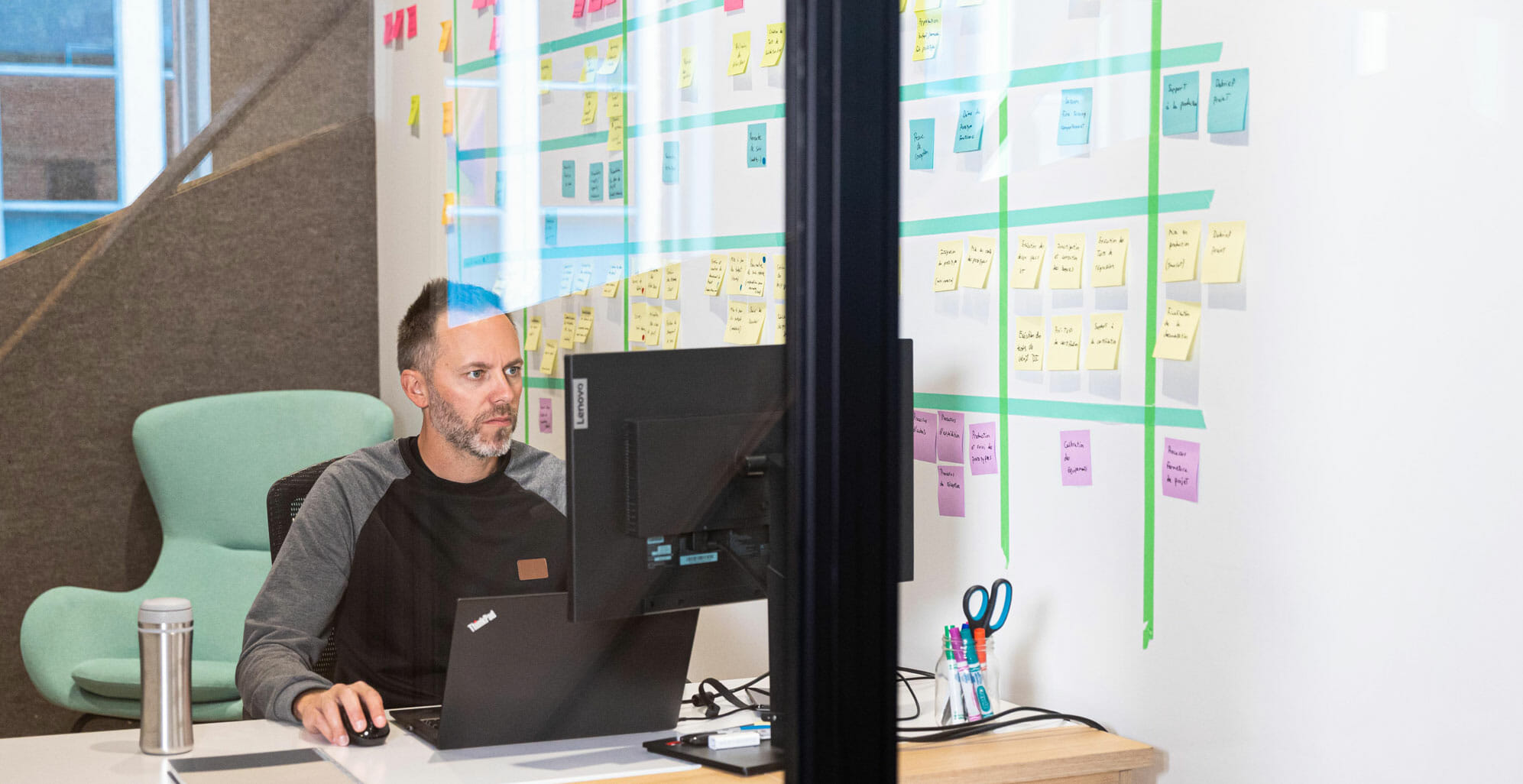In this third post in our series on best practices in product development, we discover why understanding the User Needs is one of the most crucial part of product development. It’s no wonder that half of business fail when you consider how many of them simply don’t understand what their users want, which is arguably the most important reason to launch a product in the first place.
Let’s explore this topic by continuing the hypothetical story from our first two blogs about an industrial designer named Mike, who co-founded a medical start up with a small team.
Mike and his team focused on developing a digital blood pressure machine based on Mike’s insistence that this type of device would benefit a huge number of people, including his daughter, who was born with a heart condition that requires her to monitor her blood pressure frequently.

However, the team soon realized that Mike’s personal experiences did not provide enough information for them to build on. In fact, there were a number of things they had to do to determine how to make their product marketable, including:
- Defining their stakeholders
- Identifying their stakeholders and user needs
- Determining a pertinent feature set for their product
- And defining the simplest version of the product for testing
Who are you creating for?
Personas are fictional composites of key users that allow development teams to establish empathy for users as real people, and are an effective way to define potential stakeholders. Creating a persona involves interviewing multiple types of users in the environments where a product will be used.
Mike’s team was able to develop their persona by recruiting product strategy professionals who visited clinics, pharmacies, shopping malls and senior’s homes in order to conduct interviews and collect data.
During this discovery process, the product strategy professionals also held workshops with potential users and determined that what they really wanted was a portable machine that was easy to use at home or work, was compact, provided rapid results, and facilitated the process of getting data to physicians.
Furthermore, these users stated that while they felt anxious using current blood pressure machines to the point where they thought their blood pressure was artificially elevated during the process, they felt that a device like the one they wanted would feel more relaxing, and therefore more likely to deliver accurate results.
“Creating a persona involves interviewing multiple types of users in the environments where a product will be used.”
Having a design philosophy focused on understanding users’ problems provides insight that informs Mike’s project solutions because even if the discovery process starts with a presumed problem and solution, the User Experience (UX) design process can reveal additional potential solutions that may ultimately yield more successful results. Understanding what user’s need also involves designing a product that accurately reflects those needs.
Be sure to read our next blog to find out how Mike and his team determine what kind of product their users really want.
NEW EBOOK
Demystify the design process with 7 frequently asked questions about UX
From dynamic sketches to immersive role-playing, every discipline have to be involved in this UX approach focused on creating unforgettable interactions 🚀
Discover our insights and elevate your UX design process by downloading our free ebook!
 Free Consultation
Free Consultation
